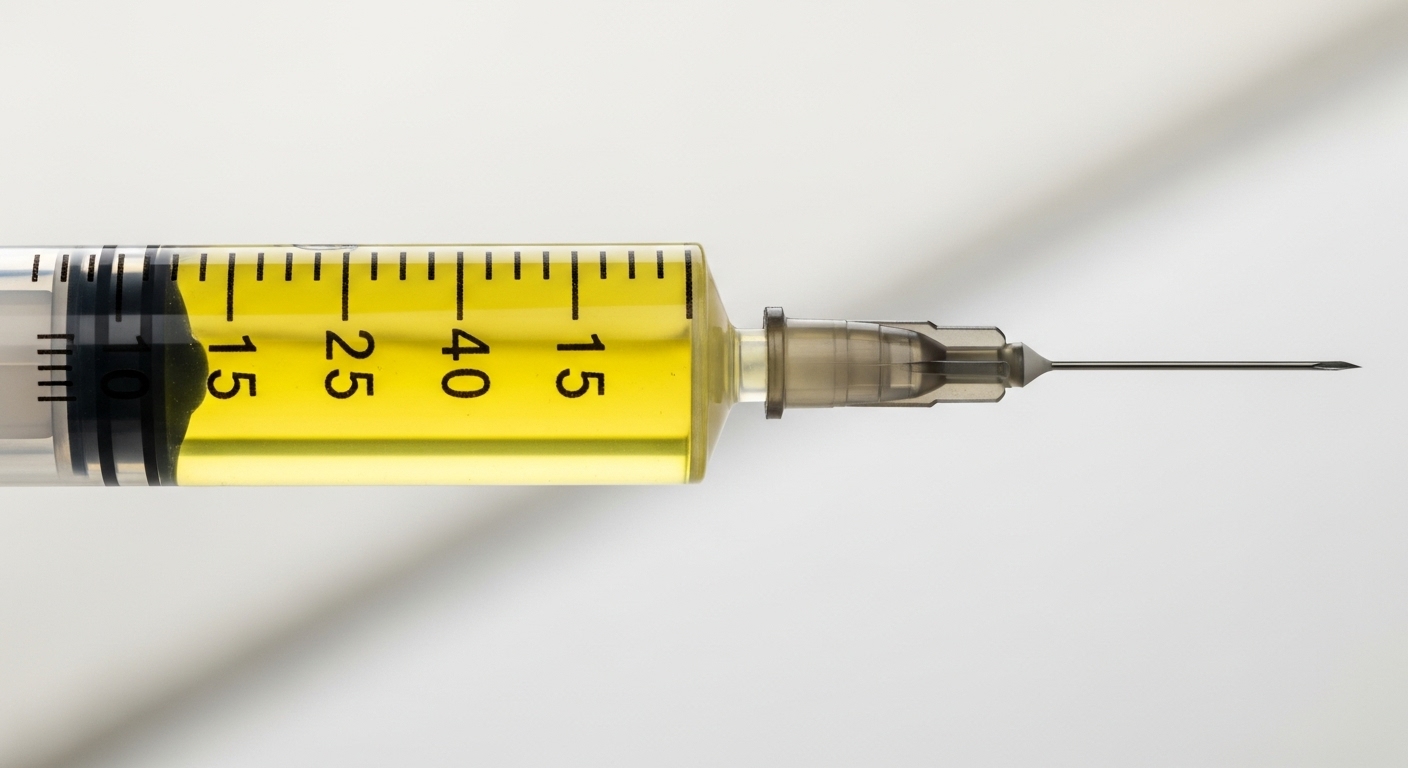Dr. Kumar’s Take
This study shows a simple truth. Small under the skin testosterone shots can work as well as deep muscle shots. Levels reached the target range, side effects were low, and many patients liked subcutaneous shots more because they hurt less and are easier to give at home. For men who need steady hormone support, the route you choose matters for comfort, cost, and consistency.
Key Takeaways
✔ Subcutaneous testosterone reached male-range levels reliably.
✔ Patients often preferred subcutaneous over intramuscular due to comfort and convenience.
✔ Hormone levels were stable with routine dosing schedules.
✔ Safety profile was favorable, with minimal injection site issues.
Actionable Tip
If you are on testosterone and find intramuscular shots painful or hard to do, ask your doctor about switching to subcutaneous injections. Many patients can self-inject with a small needle in the abdomen or thigh and keep levels in range.
Study Snapshot: What the JCEM Trial Tested
A prospective clinical study in female-to-male transgender patients evaluated subcutaneous testosterone cypionate as a practical alternative to intramuscular injections. The team tracked total testosterone levels, safety, and patient preference over routine clinic follow up.
Results: Testosterone Levels, Safety, and Preference
- Target levels achieved: Most participants reached and maintained male-range total testosterone with subcutaneous dosing at standard intervals.
- Stable control: Levels were steady across visits, supporting reliable absorption under the skin.
- Patient preference: Many patients reported that subcutaneous shots were easier to learn, less painful, and more convenient than intramuscular injections.
- Safety: Adverse events were uncommon and mostly mild, with occasional local site tenderness that resolved.
Why Subcutaneous Testosterone Makes Sense
Subcutaneous tissue has rich blood flow and allows slow, predictable uptake of oil-based testosterone. Smaller needles reduce pain and make self-injection easier. For long-term therapy, better comfort can improve adherence and overall outcomes.
Clinical Fit and Practical Notes
- Who benefits: Patients who struggle with IM needles, have low muscle mass, or want simpler home administration.
- Monitoring: The same labs apply as with IM therapy. Track hematocrit, lipids, liver enzymes, and symptoms.
- Dosing: Use the same weekly or twice-weekly schedules used for IM, then fine-tune based on trough levels and symptoms.
Related Studies and Research
Podcast: Testosterone Replacement Therapy Explained – Anchor episode on dosing, monitoring, and therapy choices.
Muscular Responses to Testosterone Differ by Route – Which routes provide the greatest muscle and strength benefit.
Harmonized Testosterone Reference Ranges – Standardized cutoffs for diagnosing low testosterone.
TRT and Sexual Function in Hypogonadism – Clinical data on restoring sexual health and reducing symptoms.
Frequently Asked Questions
Is subcutaneous testosterone as effective as intramuscular?
Yes. In this study, subcutaneous shots achieved male-range levels consistently, with stable control over time.
Does it hurt less than intramuscular?
Most patients reported less pain and easier self-injection with small needles used for subcutaneous dosing.
Do I need different labs if I switch routes?
No. Keep the same monitoring plan. Watch hematocrit, PSA when appropriate, lipids, liver enzymes, and symptoms.
Can dosing frequency change with subcutaneous shots?
The schedule is often weekly or twice weekly, similar to IM. Your clinician will adjust based on levels and how you feel.
Conclusion
Subcutaneous testosterone injections offer a patient friendly alternative to intramuscular shots without sacrificing effectiveness. For long-term therapy, comfort and simplicity matter. This route delivers on both while keeping hormone levels in range.


